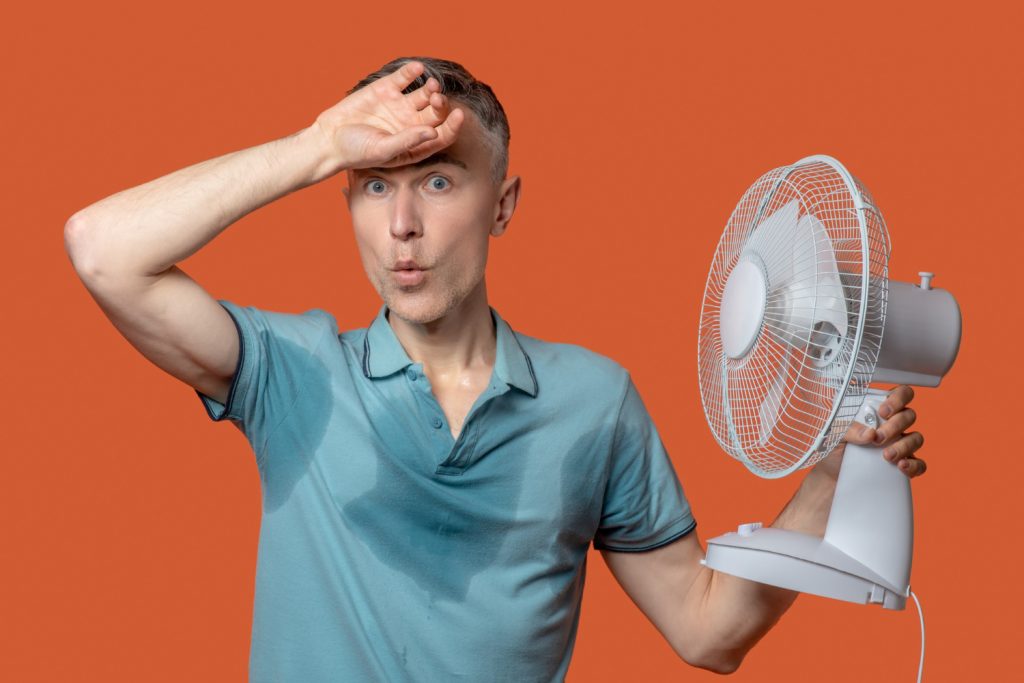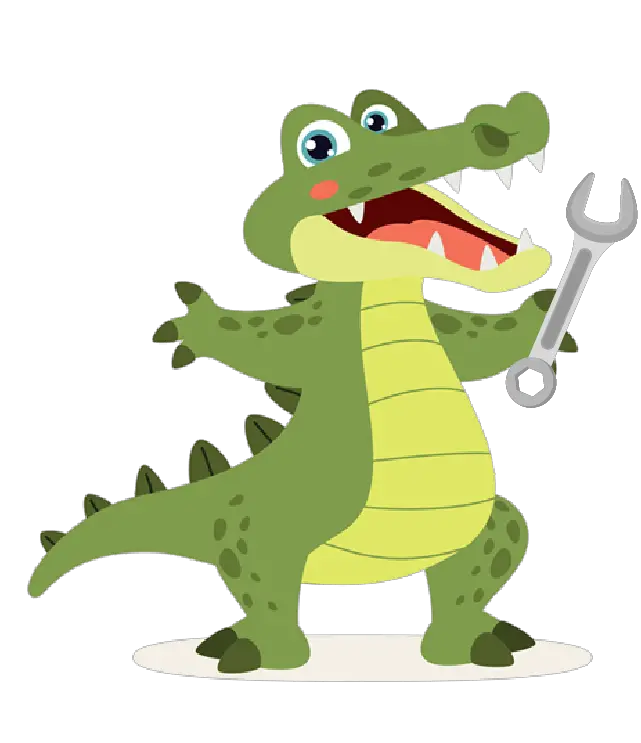Air conditioning is a modern convenience that many of us can’t imagine living without, especially during the scorching summer months. It keeps our homes cool and comfortable, making it easier to relax and go about our daily activities. However, like any other mechanical system, air conditioning systems are not immune to issues. Common AC problems can disrupt your comfort, leaving you sweltering in the heat. In this article, we’ll explore the most frequent issues people face with their AC units and provide you with ten troubleshooting tips to address them effectively.
Understanding Common AC Problems
Before delving into the troubleshooting tips, it’s essential to understand the common AC problems you might encounter. These problems can broadly be categorized into five types:
| Cooling Issues | Your AC may fail to cool the air properly, leaving your home uncomfortably warm. |
| Airflow Problems | Poor airflow can result in uneven cooling or make your AC system work harder than it should. |
| Strange Noises | Unusual sounds from your AC unit can be indicative of underlying issues. |
| Leaking Water | Water leakage from the AC unit can damage your home and indicate a problem. |
| Electrical Problems | These issues can range from faulty wiring to electrical component failures. |
Now, let’s dive into the ten troubleshooting tips to help you address these common AC problems effectively.
Tip 1 – Check the Thermostat
The thermostat is the command center for your AC system. It determines when the AC turns on, how long it runs, and at what temperature. Problems with the thermostat can lead to temperature discrepancies and discomfort. To check your thermostat:
✅ Ensure it’s set to the “cool” mode.
✅ Set the temperature lower than the current room temperature.
✅ Change the batteries, if applicable.
✅ If you have a smart thermostat, ensure it’s properly connected and configured.
Adjusting the thermostat correctly can often resolve cooling issues and improve your comfort.
Tip 2 – Clean or Replace Air Filters
Dirty or clogged air filters can significantly impact your AC’s performance. These filters are essential for trapping dust, debris, and allergens, but when they become clogged, they restrict airflow and make your system work harder. To address this:
✅ Locate the air filter – usually located in the return air duct or near the indoor unit.
✅ If it’s a reusable filter, clean it by vacuuming or rinsing it.
✅ If it’s disposable, replace it with a new one.
Regularly maintaining your air filters, typically every 1-3 months, will ensure optimal AC performance and air quality.
Tip 3: Clear Obstructions in the Air Ducts
Obstructions in the air ducts can restrict airflow, making it difficult for the cooled air to circulate throughout your home. This can lead to uneven cooling and a strain on your AC system. To clear obstructions:
✅ Inspect your air ducts for any visible blockages, such as debris or objects.
✅ Remove any obstructions carefully.
✅ Consider professional duct cleaning for a thorough cleanup.
Clearing your air ducts helps improve airflow, making your AC more efficient and effective.
Tip 4 – Examine Refrigerant Levels
Refrigerant is a vital component of your AC system, responsible for cooling the air. Low refrigerant levels can lead to inadequate cooling and increased energy consumption. To check and address refrigerant levels:
✅ Consult your AC’s user manual or hire a professional technician for a refrigerant check.
✅ If the refrigerant is low, have a qualified technician recharge it.
Ensuring the right refrigerant levels will help your AC system operate at peak performance.
Tip 5 – Inspect the Condenser Unit
The condenser unit is the part of your AC system that sits outside. It’s responsible for releasing the heat removed from your home. If it’s not functioning correctly, your AC may struggle to cool your home efficiently. To inspect the condenser unit:
✅ Remove any debris or vegetation that may have accumulated around the unit.
✅ Check for visible damage or bent fins on the condenser coil.
Regular maintenance of the condenser unit can prevent cooling problems and extend the life of your AC.
Tip 6 – Lubricate Moving Parts
Your AC system contains several moving parts that require proper lubrication to operate smoothly. Neglecting this maintenance can lead to increased friction and, subsequently, higher energy consumption. To lubricate moving parts:
✅ Turn off the power to your AC unit.
✅ Locate the moving parts, typically found on the blower motor and condenser fan.
✅ Apply a few drops of lubricating oil as recommended in your AC unit’s user manual.
Proper lubrication reduces friction, ensuring your AC system runs efficiently.
Tip 7 – Address Electrical Issues
Electrical problems in your AC system can manifest as frequent tripping of circuit breakers or erratic behavior. These issues can be dangerous and should be handled with care. To address electrical problems:
✅ Turn off the power to your AC system before attempting any repairs.
✅ Inspect wiring for signs of damage or loose connections.
✅ If you’re not confident in dealing with electrical issues, contact a professional technician for help.
Handling electrical problems promptly ensures the safety and reliability of your AC system.
Tip 8 – Eliminate Strange Noises
Unusual sounds coming from your AC unit can be alarming. These noises can indicate loose parts, damaged components, or other issues. To eliminate strange noises:
✅ Identify the source of the noise, which may require turning your AC unit on and off.
✅ Tighten any loose screws or bolts.
✅ If the noise persists, contact a professional technician for a thorough inspection and repair.
Addressing strange noises early can prevent more extensive and costly AC problems.
Tip 9 – Prevent Water Leakage
Water leakage from your AC unit can damage your home and indicate problems with the drainage system or other components. To prevent water leakage:
✅ Regularly inspect the condensate drain line and pan for clogs or blockages.
✅ Ensure the drain line is properly sloped for effective drainage.
✅ If you notice water pooling around your AC unit, contact a technician to diagnose and repair the issue.
Preventing water leakage safeguards your home and helps maintain your AC system’s efficiency.
Tip 10 – Schedule Regular Maintenance
Finally, one of the best ways to prevent and address common AC problems is to schedule regular maintenance. Professional AC maintenance typically includes:
✅ Cleaning and inspecting critical components.
✅ Lubricating moving parts.
✅ Checking refrigerant levels.
✅ Identifying and addressing potential issues.
Regular maintenance can extend the life of your AC system and keep it running smoothly, helping you avoid common AC problems in the first place.
Cool the Way to a Breezy Summer By Addressing Common AC Problems
Common AC problems can disrupt your comfort, but with these ten troubleshooting tips, you can address most issues effectively. From thermostat adjustments to regular maintenance, these strategies will help keep your air conditioning system in top condition. Remember that while many issues can be resolved with DIY efforts, it’s essential to know when to call a professional for more complex problems or if you’re not comfortable performing certain tasks. By taking proactive steps and addressing problems promptly, you can ensure your home remains cool and comfortable throughout the hottest months of the year.



